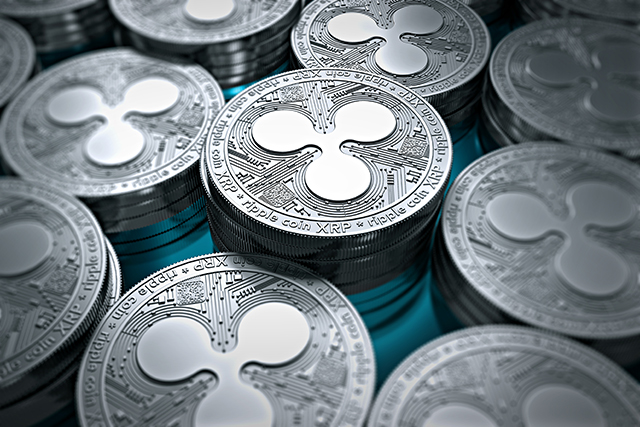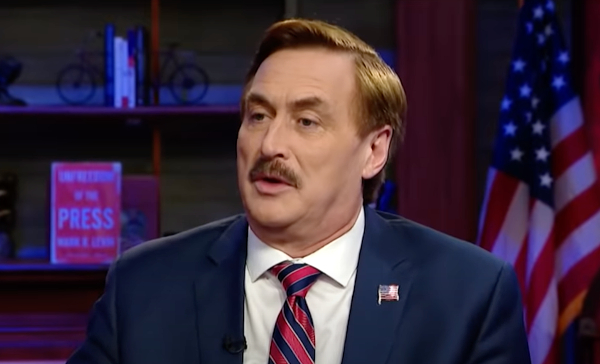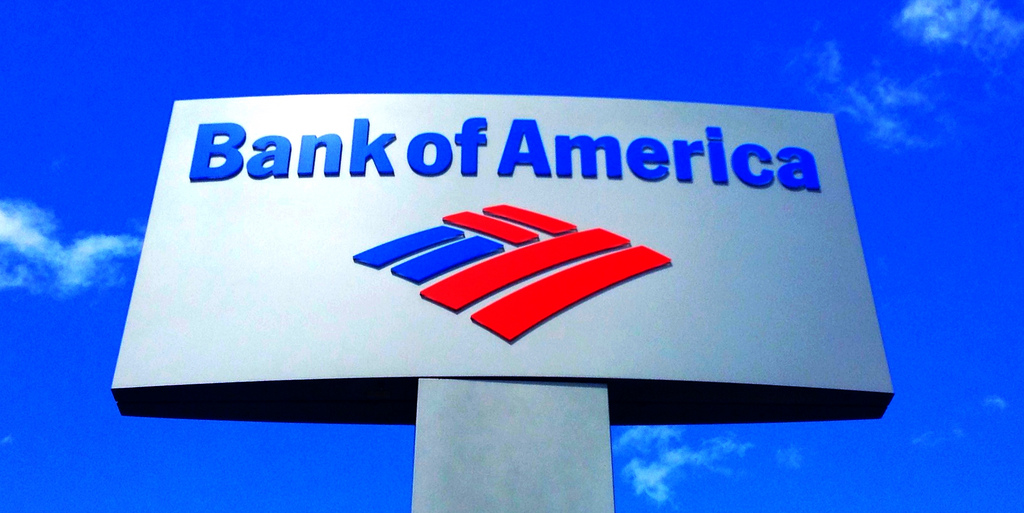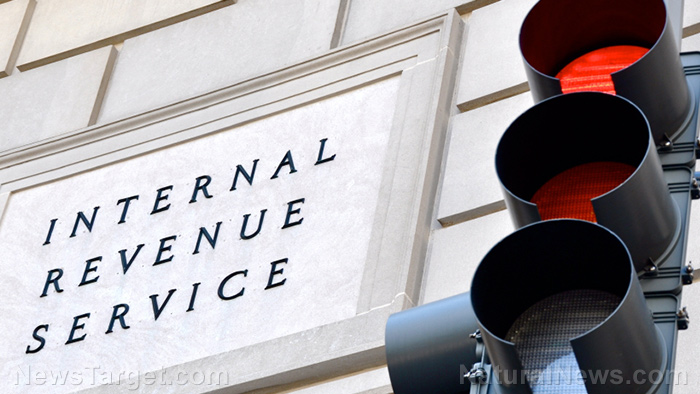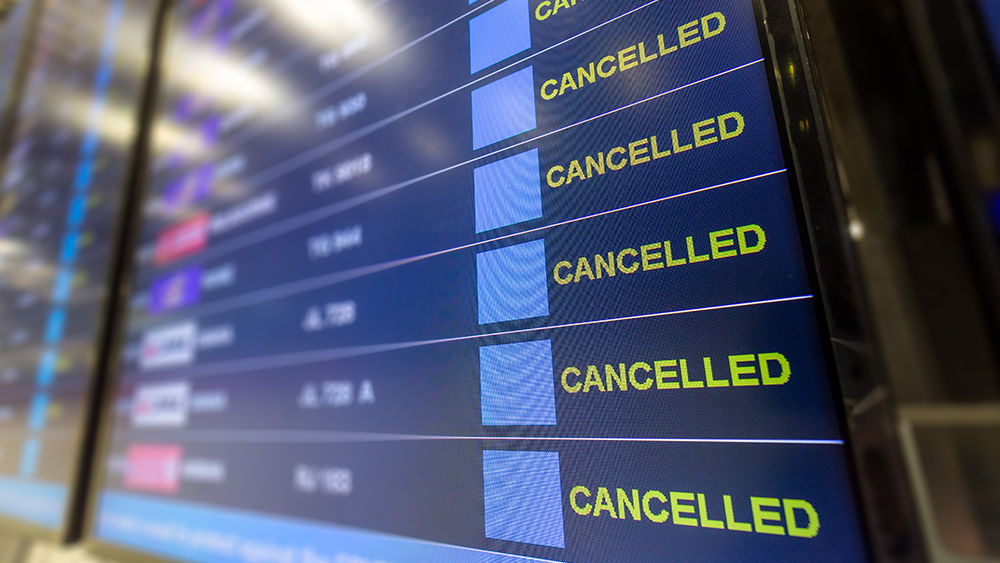Americans falling behind on credit card and loan payments as inflation persists
12/19/2022 / By Cassie B.

As inflation and the price of consumer goods continue to rise, reports indicate that American consumers are poised to fall behind on credit card and personal loan payments at the highest rate in more than a decade.
The credit reporting agency TransUnion is warning that credit card delinquency rates, which have hovered close to the levels seen before the pandemic in recent times, are likely to experience a considerable increase in the new year. Their 2023 Consumer Credit Forecast predicts a 2.6 percent increase by the end of 2023, a noteworthy rise over the 2.1 percent for the end of this year.
They also expect an increase from 4.1 to 4.3 percent in unsecured personal loan delinquency rates, a figure that refers to consumers who are 60 days or more past due on accounts. However, they do predict a moderate drop in serious auto loan delinquency rates from 1.95 percent to 1.9 percent.
TransUnion’s vice president and head of U.S. research and consulting, Michele Raneri, said: “Rapidly increasing interest rates and stubbornly high inflation combined with recession fears represent the latest in a series of significant challenges consumers have faced in recent years. It’s not surprising then to see pronounced increases in delinquency rates for credit card and personal loans, two of the more popular credit products.”
Americans opened up a record-setting 87.5 million new credit cards in 2022, along with 22.1 million personal loans. Credit card originations will likely drop slightly next year, but the number of new cards being opened is anticipated to stay much higher than we’ve seen at any point during the last ten years, due in no small part to the end of the pandemic stimulus funding that helped some families and businesses get through pandemic-related layoffs and lockdowns.
Raneri noted that some people got used to having some extra money on hand thanks to the stimulus payments and will struggle to get used to its sudden absence.
She said: “The higher delinquency rates will be due to some tightening of the employment market, but I also believe there was a lot of money put into the system and into consumers’ hands during the pandemic, and as that runs out and is depleted—and then with inflation where everything is costing more—it all starts to show up in delinquencies.”
Fed announces another interest rate increase
Meanwhile, the Federal Reserve has voted to raise its benchmark federal fund rate 50 basis points, with a target range of 4.25 to 4.5 percent. This is the highest level on record since the end of 2007, and more rises are expected in the near future. In fact, some economists believe that rates will be raised above 5 percent in 2023, which would only make it even more difficult for Americans who are already struggling to pay off their credit card debt.
A recent survey by U.S. News and World Report found that more than eight out of every 10 Americans with credit card debt are experiencing some degree of anxiety about it. Around 31 percent have racked up $6,000 or more in credit card debt, while 15.1 percent have credit card debt that exceeds $10,000. Twenty-seven percent of people said they are experiencing a medium amount of stress over their credit card debt, while 21.5 percent said they feel “a lot” of stress about the situation.
More than half of respondents said they have seen a rise in credit card debt this year, and most cite rising costs and inadequate income as the reason behind their growing credit card debt. Unfortunately, high inflation is expected to persist well into the new year and beyond.
Sources for this article include:
Submit a correction >>
Tagged Under:
Collapse, consumer debt, credit card debt, credit cards, currency crash, debt bomb, dollar demise, economic riot, finance riot, Inflation, money supply, national debt, pensions, personal loans, risk
This article may contain statements that reflect the opinion of the author
RECENT NEWS & ARTICLES
COPYRIGHT © 2017 RISK NEWS


